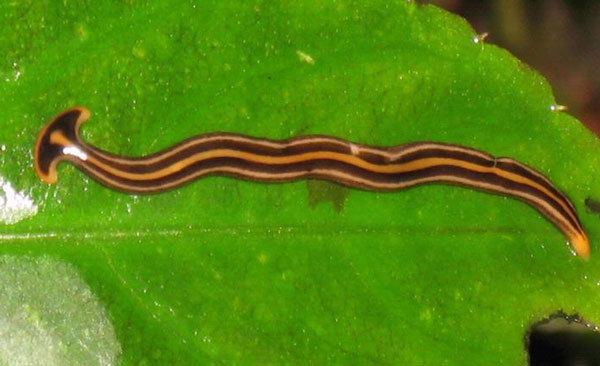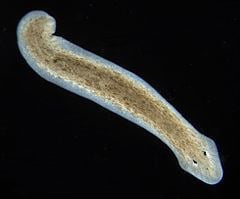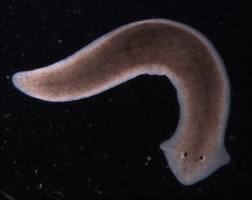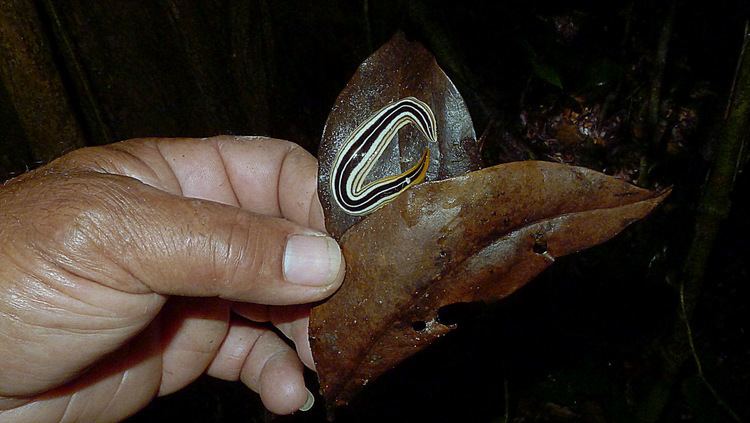Scientific name Tricladida Higher classification Turbellaria Rank Order | Order Tricladida; Lang, 1884 Phylum Platyhelminthes Kingdom Animalia | |
 | ||
Lower classifications Dugesia, Dugesiidae, Bipalium, New Zealand fl | ||
Tricladida (triclads) is an order of turbellarians, a group of free-living flatworms. They are also known as planarians, although this common name is also used for a wide number of free-living platyhelminthes.
Contents

The triclads are characterized by triply branched intestine and anteriorly situated ovaries, next to the brain.
Today the order Tricladida is split into three suborders, according to their phylogenetic relationships: Maricola, Cavernicola and Continenticola. Formerly, the Tricladida was split according to habitats: Maricola, which is marine; Paludicola, which inhabits freshwater; and Terricola, which is land-dwelling.

Description

The triclads have an anterior end or head where sense organs, such as eyes and chemoreceptors, are usually found. Some species have auricles that protude from the margins of the head. The auricles can contain chemical and mechanical sensory receptors.
The number of eyes in the triclads is variable depending on the species. While many species have two eyes (e.g. Dugesia or Microplana), others have many more distributed along the body (e.g. most Geoplaninae). Sometimes, those species with two eyes may present smaller accessory or supernumerary eyes. The subterranean triclads are often eyeless or blind.
The body of the triclads is covered by a ciliated epidermis that contains rhabdites. Between the epidermis and the gastrodermis there is a parenchymatous tissue or mesenchyme.
Reproduction
Many species can use both asexual and sexual reproduction. Most of the triclads are hermaphrodites, the same individual has both male and female sexual organs at the same time. In most of the cases the sexual reproduction involve two individuals, autofecundation has been rarely reported (e.g. in Cura foremanii).
Phylogeny
Phylogenetic supertree after Sluys et al., 2009:
Taxonomy
Linnaean ranks after Sluys et al., 2009:
